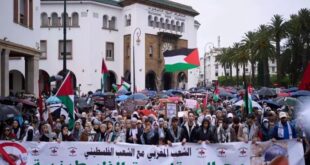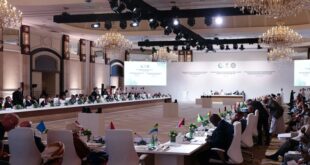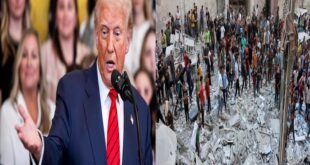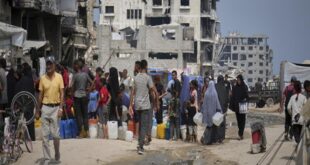
By air, land, and sea, Russia has launched a devastating attack on Ukraine, a European democracy of 44 million people. Its forces are bombing city centres and closing in on the capital, Kyiv, prompting a mass exodus of refugees.
For months, President Vladimir Putin denied he would invade his neighbour, but then he tore up a peace deal and unleashed what Germany calls « Putin’s war », pouring forces into Ukraine’s north, east and south.
As the number of dead climbs, Russia’s leader stands accused of shattering peace in Europe. What happens next could jeopardise the continent’s entire security structure.
Why have Russian troops attacked?
In a pre-dawn TV address on 24 February, President Putin declared Russia could not feel « safe, develop and exist » because of what he claimed was a constant threat from modern Ukraine.
Immediately, airports and military headquarters were attacked, then tanks and troops rolled in from Russia, Russian-annexed Crimea and its ally Belarus. Now, warplanes have bombed major cities.
Russia refuses to use the terms war or even invasion; many of its leader’s justifications for it were false or irrational.
He claimed his goal was to protect people subjected to bullying and genocide and aim for the « demilitarisation and de-Nazification » of Ukraine. There has been no genocide in Ukraine: it is a vibrant democracy, led by a president who is Jewish.
« How could I be a Nazi? » said Volodymyr Zelensky, who likened Russia’s onslaught to Nazi Germany’s invasion in World War Two. Ukraine’s chief rabbi and the Auschwitz Memorial have also rejected Russia’s slur.

President Putin has frequently accused Ukraine of being taken over by extremists, ever since its pro-Russian president, Viktor Yanukovych, was ousted in 2014 after months of protests against his rule.
Russia then retaliated by seizing the southern region of Crimea and triggering a rebellion in the east, backing separatists who have fought Ukrainian forces in a war that has claimed 14,000 lives.
Late in 2021, Russia began deploying big numbers of troops close to Ukraine’s borders, while repeatedly denying it was going to attack. Then Mr Putin scrapped a 2015 peace deal for the east and recognised areas under rebel control as independent.
Russia has long resisted Ukraine’s move towards the European Union and the West’s defensive military alliance, Nato. Announcing Russia’s invasion, he accused Nato of threatening « our historic future as a nation ».
How far will Russia go?
It is now clear Russia is seeking to seize the big cities and overthrow Ukraine’s democratically elected government. President Zelensky said he had been warned « the enemy has designated me as target number one; my family is target number two ».
Russia’s stated aim is that Ukraine be freed from oppression and « cleansed of the Nazis ». Under this false narrative of a Ukraine run by fascists since 2014, Mr Putin has spoken of bringing to court « those who committed numerous bloody crimes against civilians ».
His long-term ambitions for Ukraine are unknown. He denies seeking to occupy Ukraine and rejected a UK accusation in January that he was plotting to install a pro-Kremlin puppet. One unconfirmed intelligence report says he aims to split the country in two.
He faces stiff resistance from a deeply hostile population, but he has shown he is prepared to bomb civilian areas to fulfil his goals.
There is no immediate threat to Russia’s Baltic neighbours, but Nato has bolstered their defences just in case.
Ahead of the invasion, Russia’s public focus was always on the areas held by Russian-backed rebels in the east. But that changed when President Putin recognised their independence.
Not only did he make clear he saw them as no longer part of Ukraine, he revealed he backed their claims to far more Ukrainian territory. The self-styled people’s republics cover little more than a third of the regions of Donetsk of Luhansk and the rebels covet the rest, too.
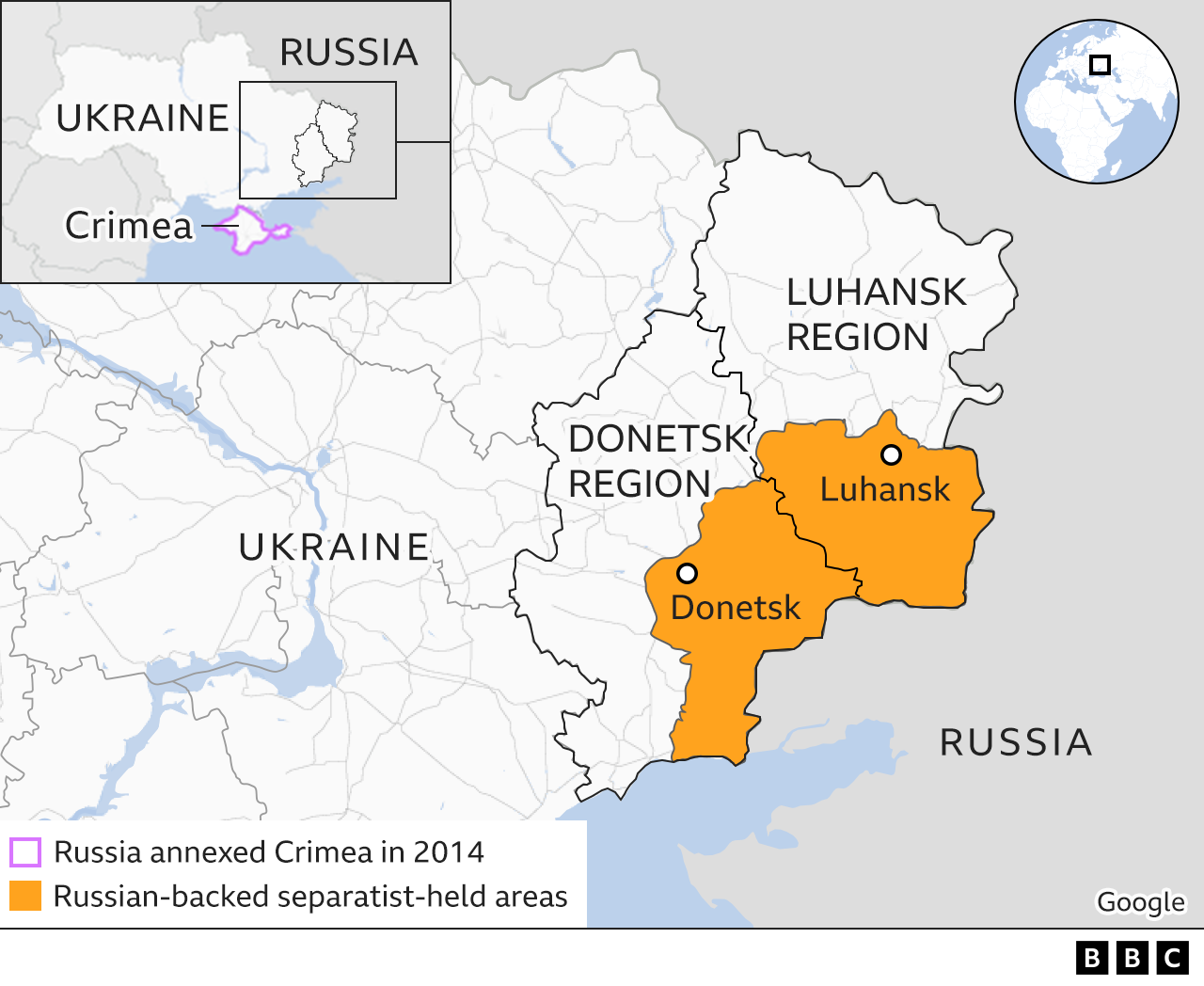
World Opinions – BBC News

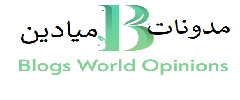


 World Opinions Débats De Société, Questions, Opinions et Tribunes.. La Voix Des Sans-Voix | Alternative Média
World Opinions Débats De Société, Questions, Opinions et Tribunes.. La Voix Des Sans-Voix | Alternative Média

